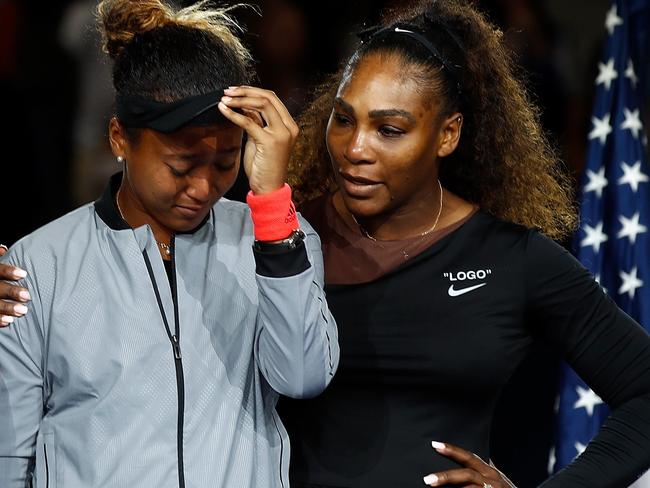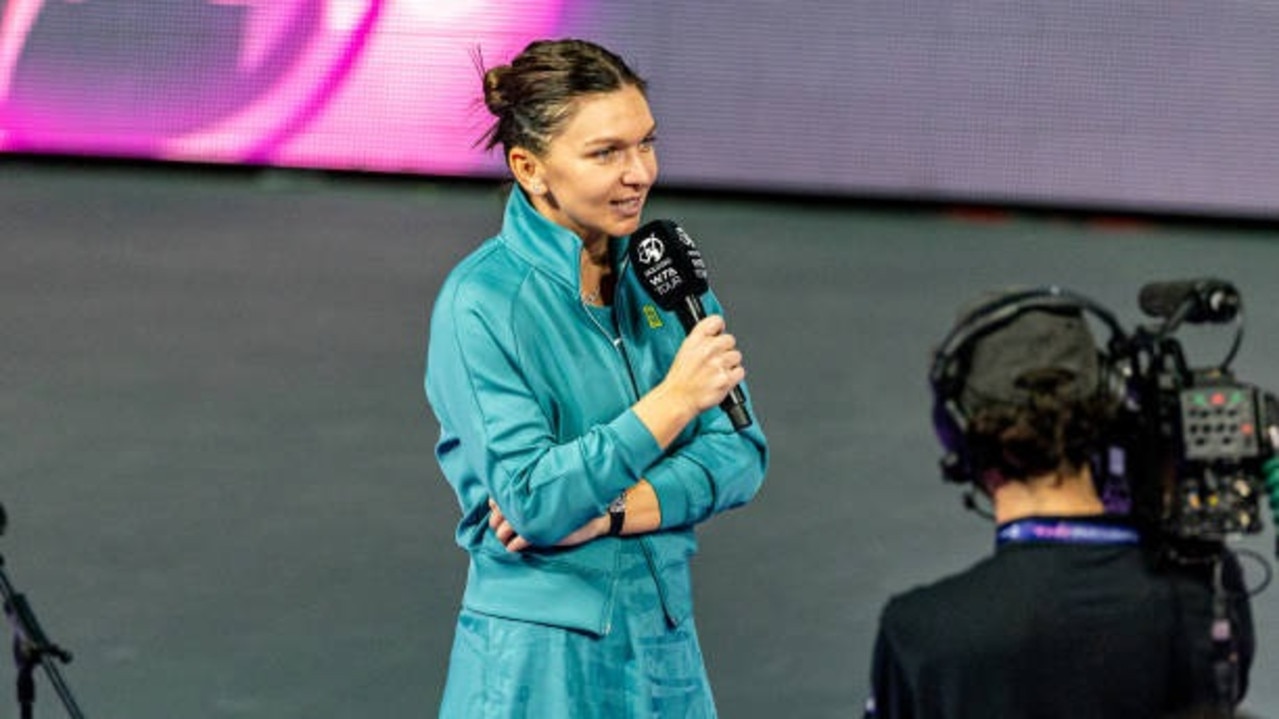WTA agrees to changes sparked by Serena Williams storms
Serena Williams was at the centre of several tennis storms in 2018, sparking the sport’s governing body into action by making significant changes.

Tennis
Don't miss out on the headlines from Tennis. Followed categories will be added to My News.
The Women’s Tennis Association (WTA) will offer greater rankings protection to mothers returning to the tour and introduce modernised dress rules in changes to take effect in 2019.
The changes address issues that arose this year when Serena Williams, who returned to action after giving birth to her daughter, was unseeded for some events and caused an uproar with a black, skin-tight bodysuit she wore at the French Open.
After gathering feedback from players, the WTA said its board of directors approved changes that will allow players out of competition for 52 weeks or longer to use their Special Ranking in 12 tournaments.
A player returning from pregnancy will have a three-year period to use her Special Ranking, which will now begin at the birth of the child. For players who would qualify for a seeded position in the draw, the updated rule will ensure they will not face a seed in the opening rounds whether returning from pregnancy or injury.
Williams’ ranking had fallen to No. 451 when she was not seeded at the French Open.
The American was, however, seeded 25th at Wimbledon despite being ranked outside the world’s top 32 players.

Former world No. 1 Victoria Azarenka, who returned to tennis in mid-2017 after the birth of her son, welcomed the rule change.
“Our players should feel comfortable and confident to take time away from the courts to have a family or recover from injury and I think these new rules support that,” Azarenka, who is on the a WTA Players’ Council, said in a statement.
The board of directors also agreed that players at WTA tournaments would not be prohibited from wearing leggings or compression shorts without a skirt, dress or shorts over them.
The WTA had no rule explicitly banning a player from wearing such outfits but adjusted the language of its rule to be more clear.
Among other rule changes is the introduction of a 25-second shot clock between points at premier events, with a full rollout for all WTA tournaments in 2020, in a bid to speed up the pace of play.
Players will also only be allowed one toilet/change of attire break per match, down from two.

Tennis fans will remember 2018 as the year Williams became involved in a heated stoush with officials during her loss to Naomi Osaka in the US Open Final, sparking worldwide debate about her conduct.
The American became a hot topic after going into meltdown in the second set over what she believed was sexist treatment by the chair umpire. She lashing out at Carlos Ramos after he penalised her for receiving on-court coaching and gave her a code violation for racquet abuse, forcing the match to come to a stop as she demanded to see the tournament referee.
The days and weeks of discussion that followed added a sour footnote to a year that had already seen Williams face other battles. The catsuit she wore at Roland Garros came under fire from French Tennis Federation president Bernard Giudicelli, who said in August similar outfits would not be tolerated in the future.
“It’s a bit late because the collections are already designed but we are going to nonetheless ask the manufacturers to let us know what is coming,” Giudicelli told France’s Tennis Magazine.
“I believe we have sometimes gone too far. Serena’s outfit this year, for example, would no longer be accepted.
“You have to respect the game and the place.”
But the new rule changes given the green light by the WTA around fashion choices mean Williams and her rivals will continue to have the freedom to wear what they want.

It was remarkable Williams was even on the court at all in 2018 after revealing she “almost died” after giving birth to her daughter last September.
Writing in a column for CNN.com earlier this year, Williams detailed her tumultuous period following the “most amazing feeling I’ve ever experienced in my life”.
“It began with a pulmonary embolism, which is a condition in which one or more arteries in the lungs becomes blocked by a blood clot. Because of my medical history with this problem, I live in fear of this situation. So, when I fell short of breath, I didn’t wait a second to alert the nurses,” she wrote.
“First my C-section wound popped open due to the intense coughing I endured as a result.”
Williams said she was forced to “spend the first six weeks of motherhood in bed” as the complications spread.
“I returned to surgery, where the doctors found a large hematoma, a swelling of clotted blood, in my abdomen. And then I returned to the operating room for a procedure that prevents clots from travelling to my lungs,” she wrote.
“I am so grateful I had access to such an incredible medical team of doctors and nurses at a hospital with state-of-the-art equipment. They knew exactly how to handle this complicated turn of events. If it weren’t for their professional care, I wouldn’t be here today.”

Originally published as WTA agrees to changes sparked by Serena Williams storms


